Press Release: If you work mostly with texts or at most some tables, you probably don't have a problem with storage space for your data. However, as soon as it comes to photos and therefore videos, which everyone will inevitably encounter in the age of photomobiles, it starts to tighten. The Nerudian question "Where to with him?" is then mostly solved by those who work professionally with photography and video, but enthusiastic photo amateurs are also on the same page. However, the question of the classic of Czech literature does not ask where to go with the camera or camera, but where to go with the data that these devices produce. To solve this problem at home, in the office or in the studio, there are effective "stationary" solutions. But where to go with big data when working in the field or on the go?
Well trodden
So the requirements are roughly as follows: It must be small, light, resistant to weather and some impact, and at the same time fast, reliable with a large capacity. No problem – the device that does it all is called the SanDisk Extreme Pro Portable SSD. A patty with dimensions of 57 x 110 x 10 mm and a weight of 80 grams, i.e. a thing smaller than any common current smartphone, hides either 500 GB, 1 TB or 2 TB of fast SSD memory, depending on the type. And on top of that, this helper is water and dust resistant, plus if you accidentally drop it on the ground, nothing will happen to it - the light but durable aluminum alloy frame will protect your data.
Of course, you don't need any external power either - the SSD drive is "powered" via a connecting USB cable with a USB-C connector. The interface is of the second generation USB 3.1 type (speed 10 Gbit/s), the manufacturer declares a reading speed of up to 1 MB/s (writing may be slower). Looks like the requirements are met. But let's try it in practice.
There is no delay
There's no point in arguing about size and weight - you can fit this little thing even in the most packed photo bag or backpack. And if not even that, you just put it in your pocket. Especially on multi-day expeditions, a good photographer does not rely on data stored on memory cards, and creates their backups. A laptop with a card reader is standard equipment, but even that does not have a bottomless disk. So you connect the SanDisk Extreme Pro Portable SSD and back up your data to it.
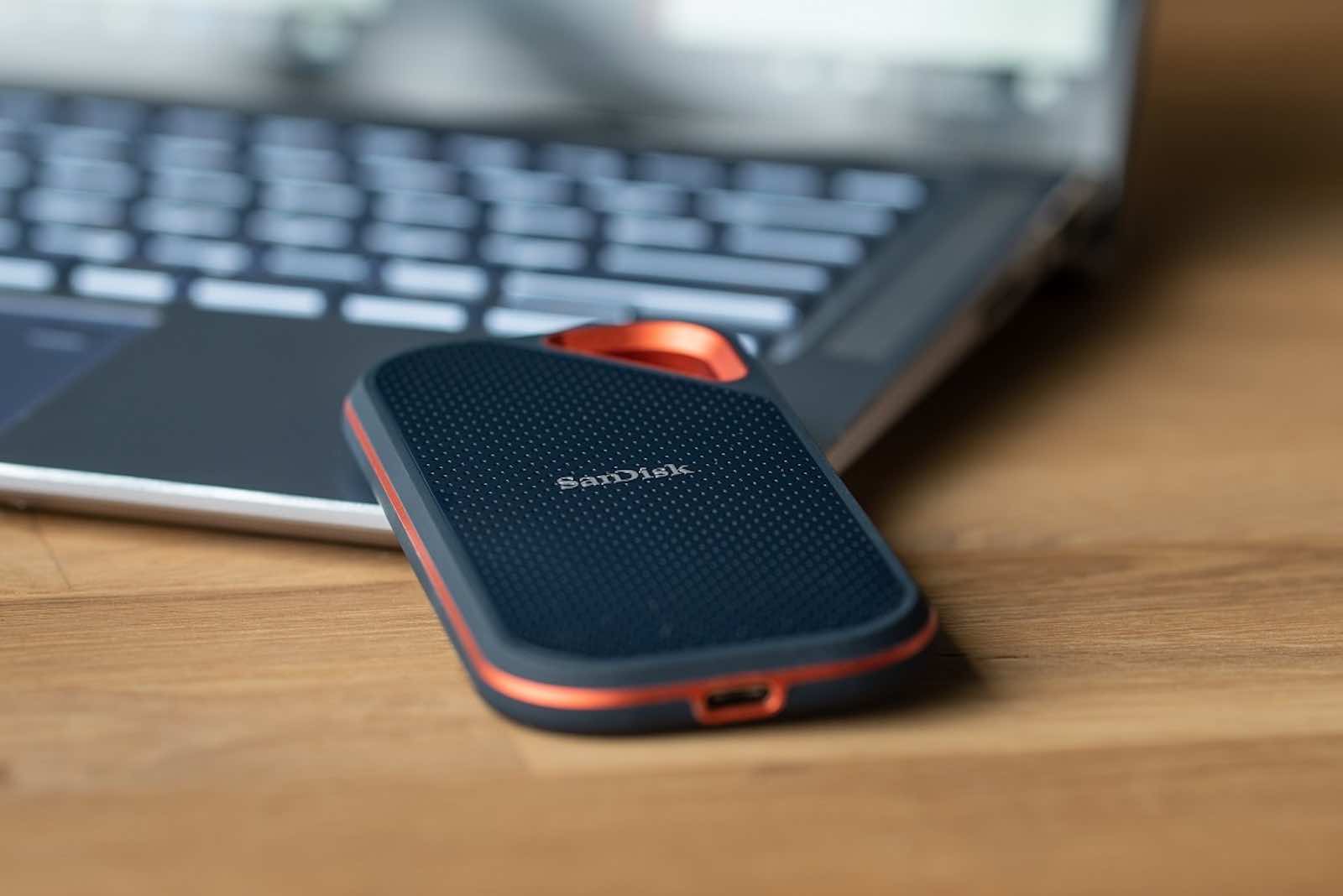
The Nikon Z 7 full-frame mirrorless camera has a resolution of 45 Mpx, so the data from it is not exactly small. So we did a little test: 200 photos (RAW + JPEG) from the Nikon Z 7 took up 7,55 GB on the laptop's disk. How many minutes did it take to copy to an external SanDisk Extreme Pro Portable SSD? Not even one. 45 seconds, and it was over. For comparison, it took a little over a minute to copy data from the XQD fast memory card reader to the laptop's internal SSD drive.
So let's try another video. Copying 8 videos with a total size of 15,75 GB took... exactly the same time - 45 seconds despite the larger total size (fewer larger files are faster at transferring data). Bottom line: Although you are working with external storage connected via USB, the speed is quite comparable to the computer's system disk.
Mission accomplished
So it is clear that the requirements were met to the letter - the SanDisk Extreme Pro Portable SSD is really small, light and durable, and on top of that, it is also fast with a large capacity. In addition, if you work with sensitive data, you can use the SanDisk SecureAccess software, which enables 128-bit AES data encryption on the disk. The installation file of this program for Windows can be found directly on the external drive (for Mac OS it must be downloaded from the SanDisk website).
Common prices:
- 500 GB: from 4 CZK
- 1 TB: from CZK 6
- 2 TB: from CZK 12
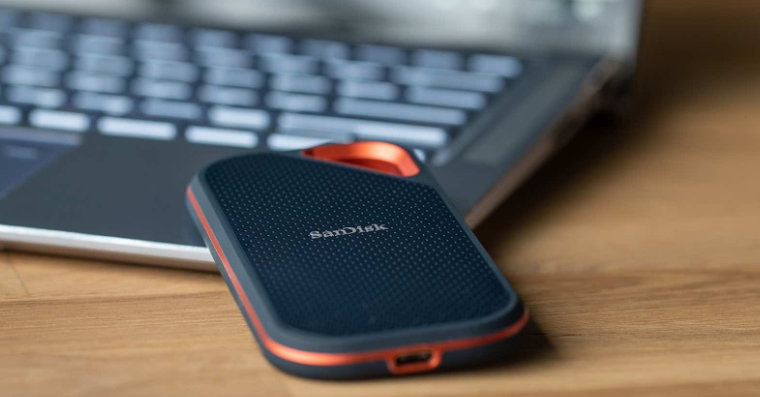
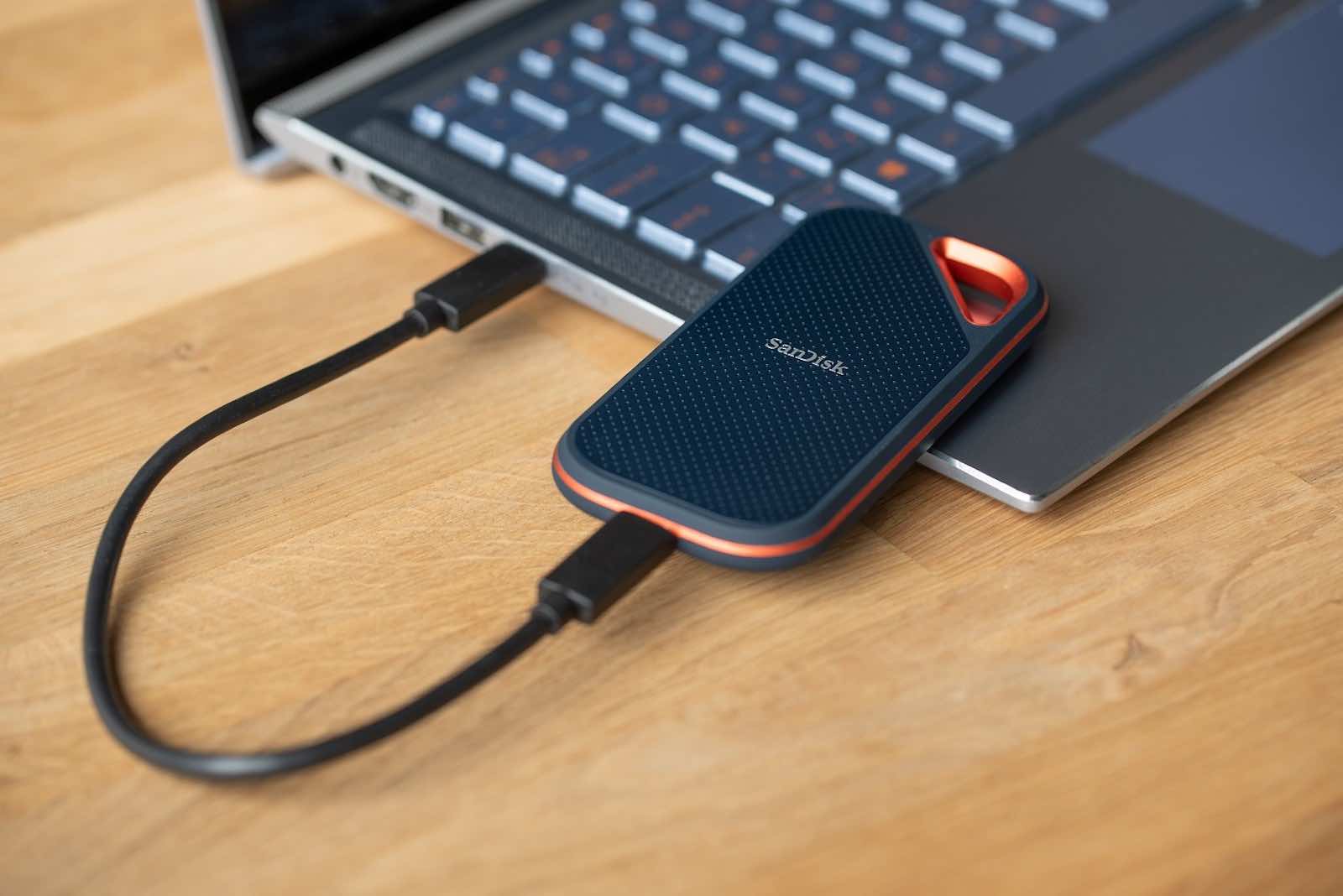
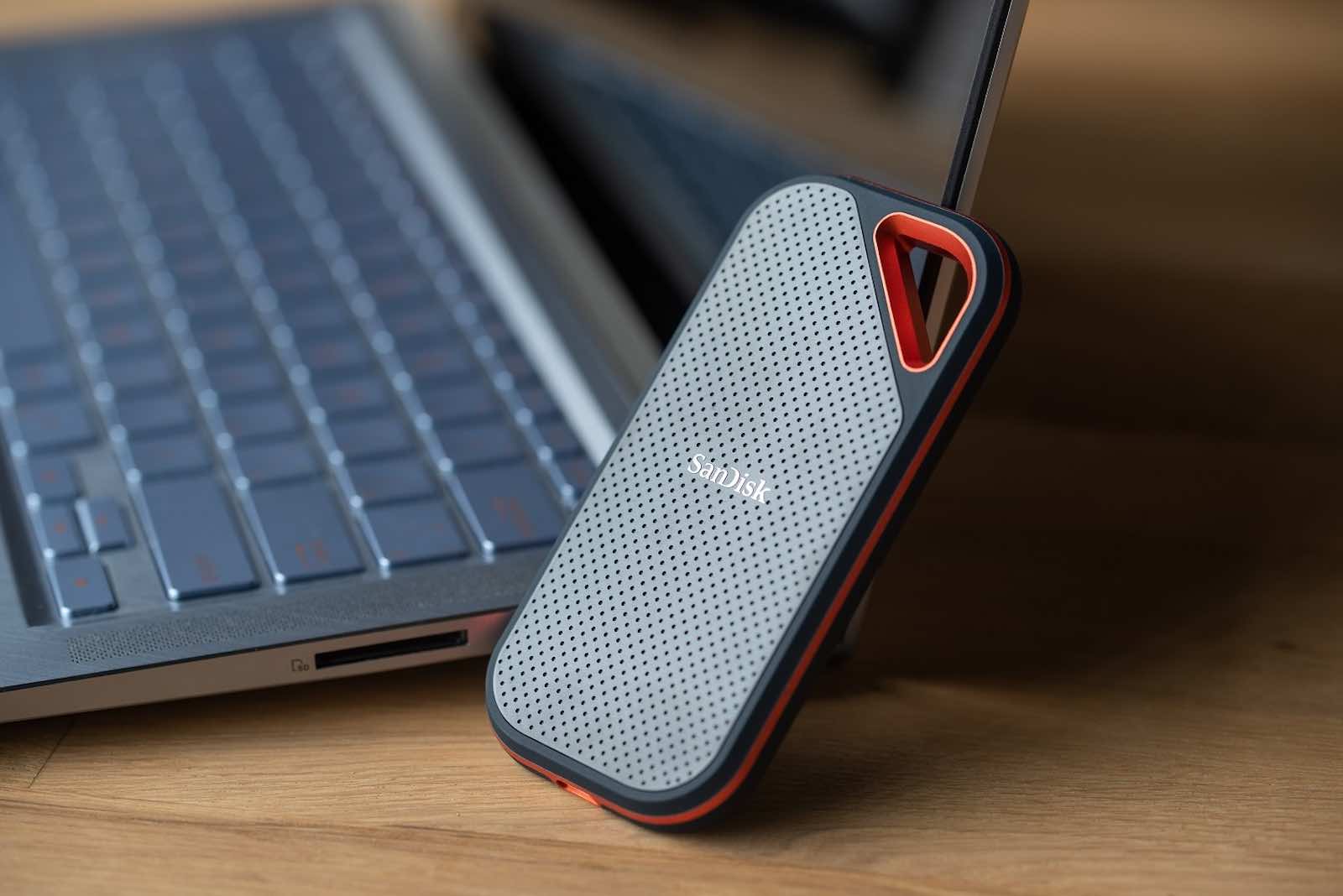
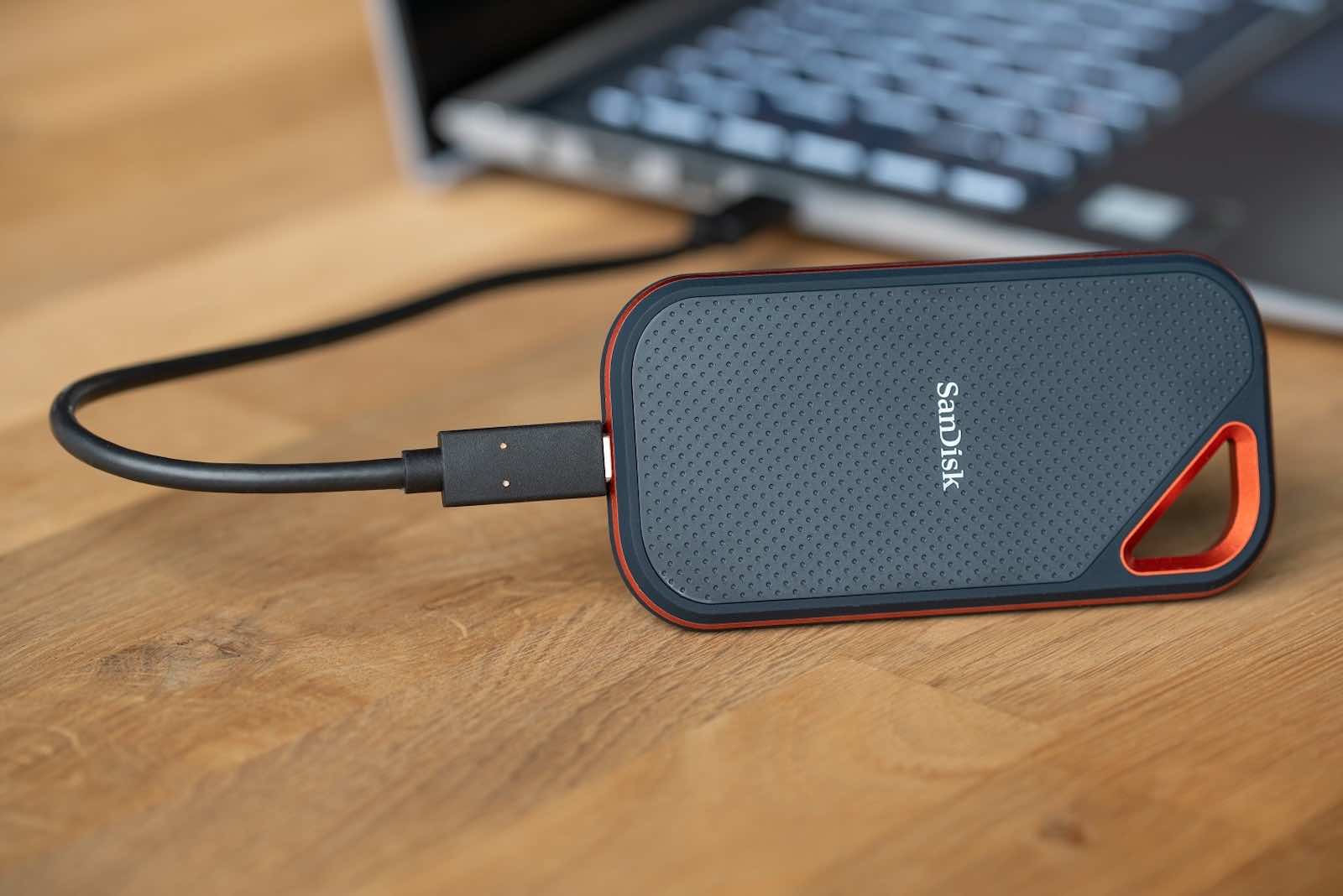
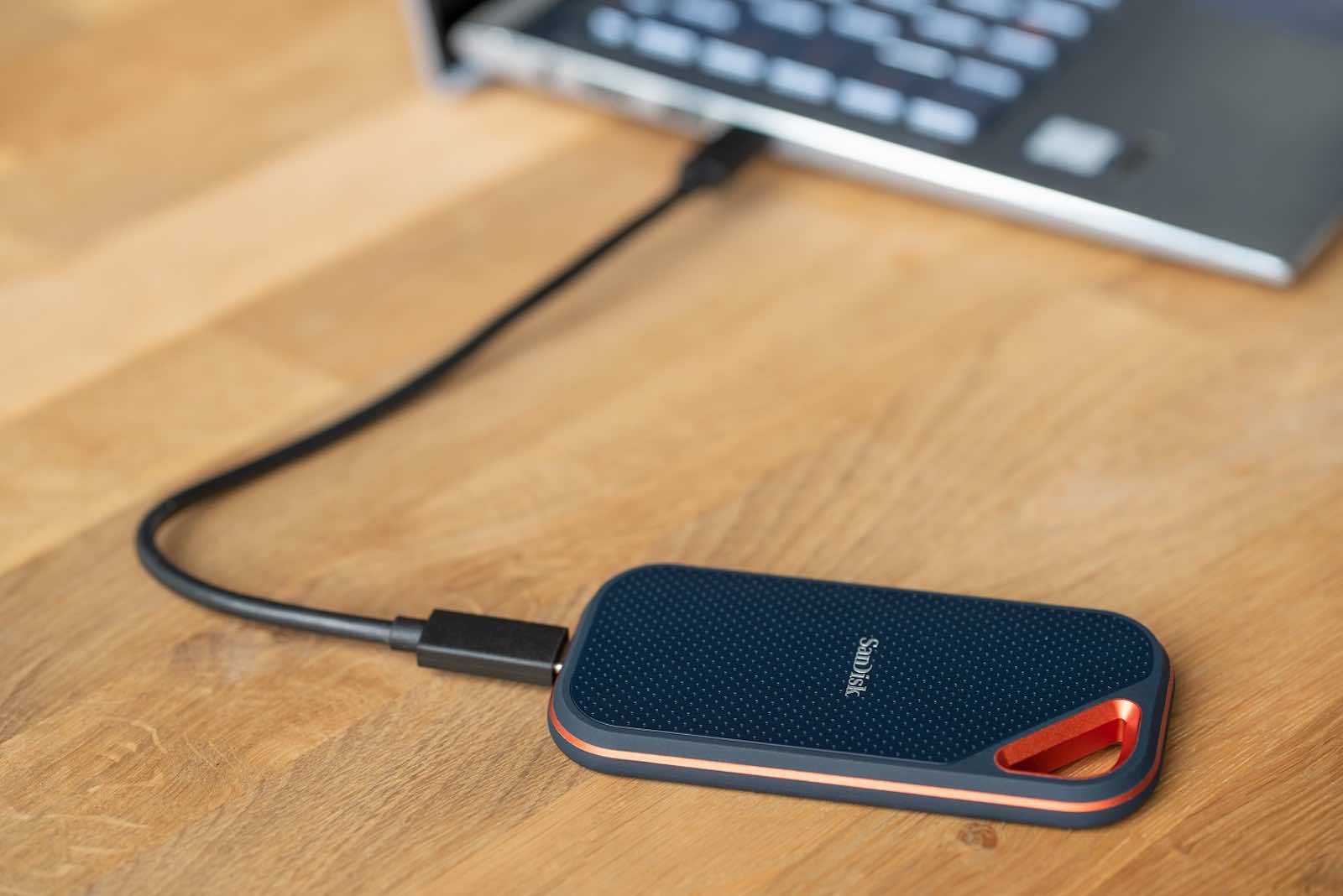
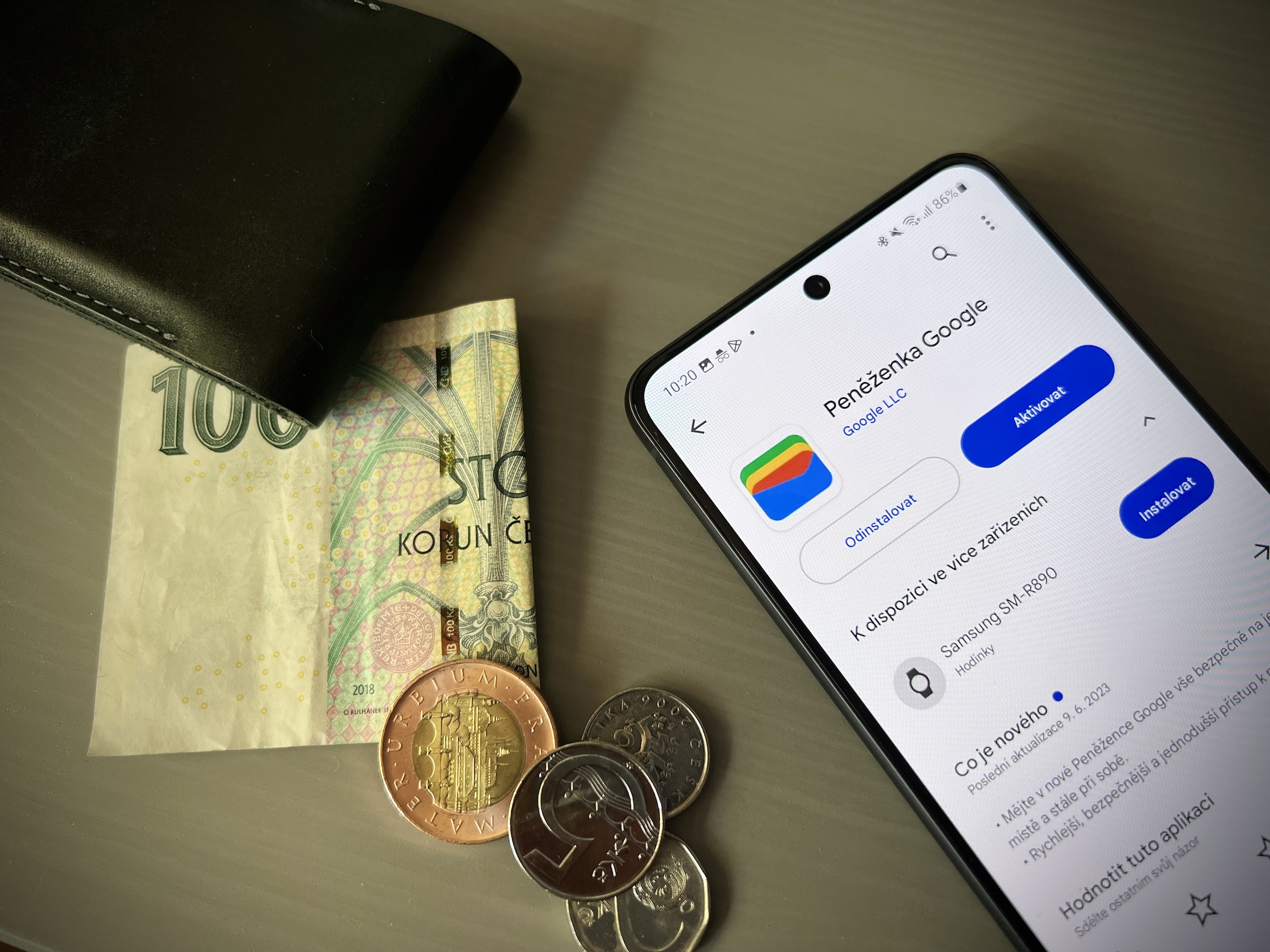
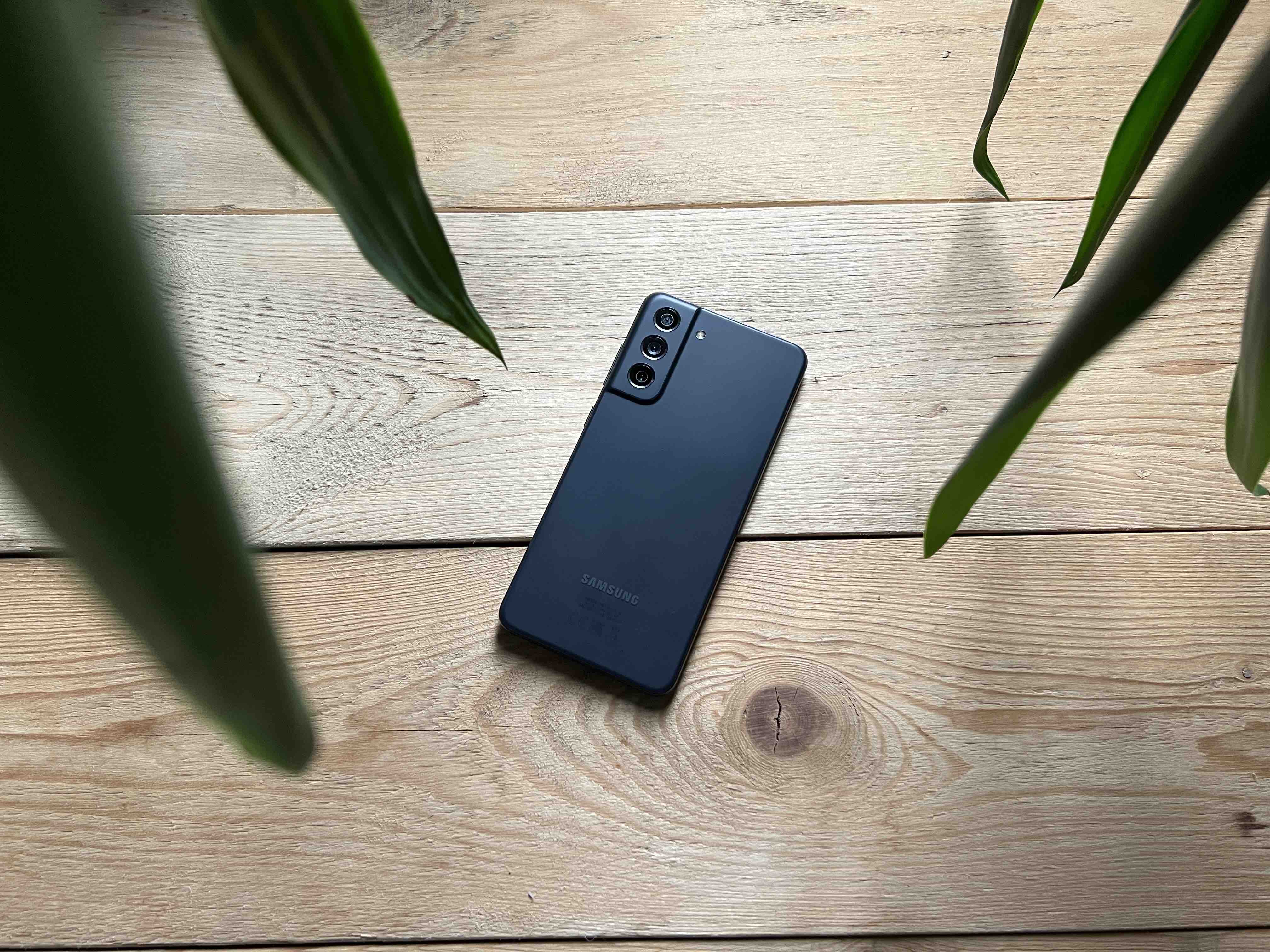

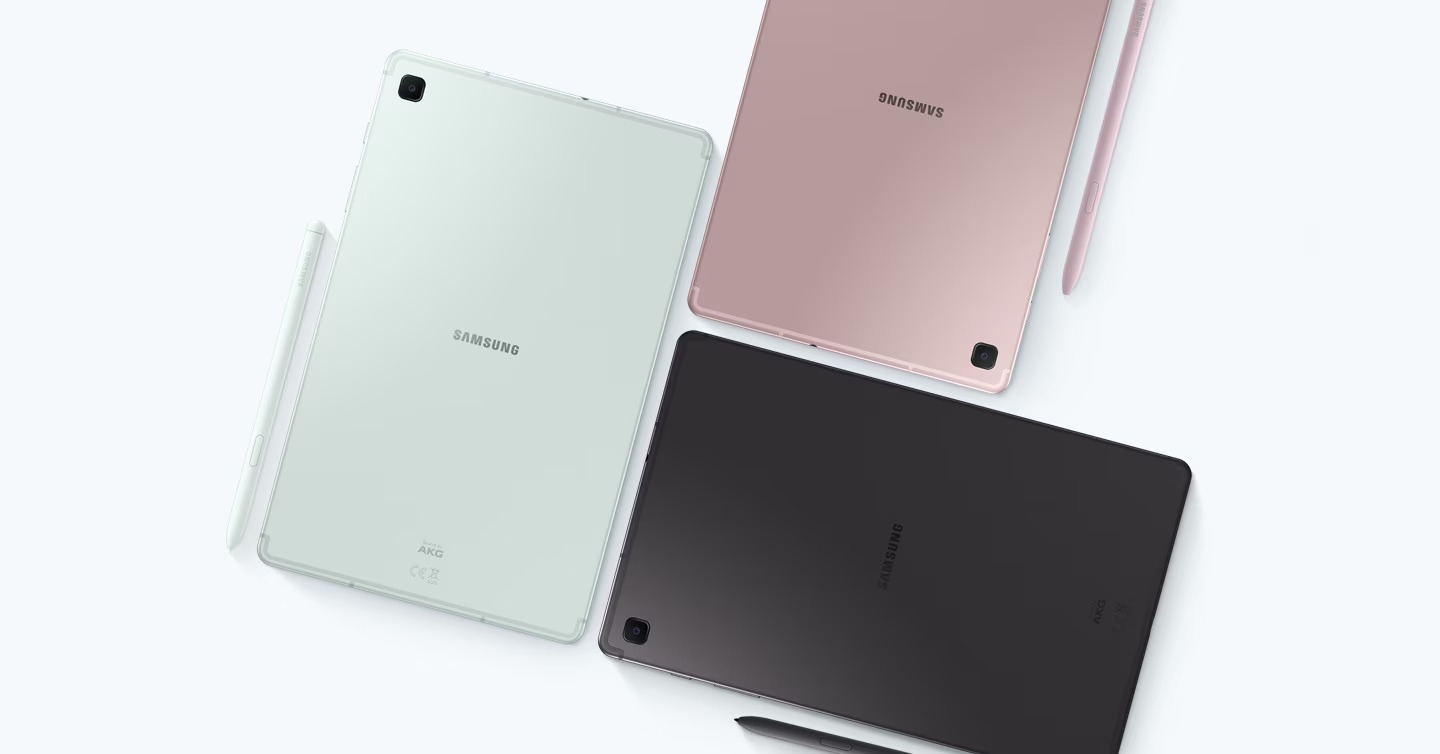
Discussion of the article
Discussion is not open for this article.